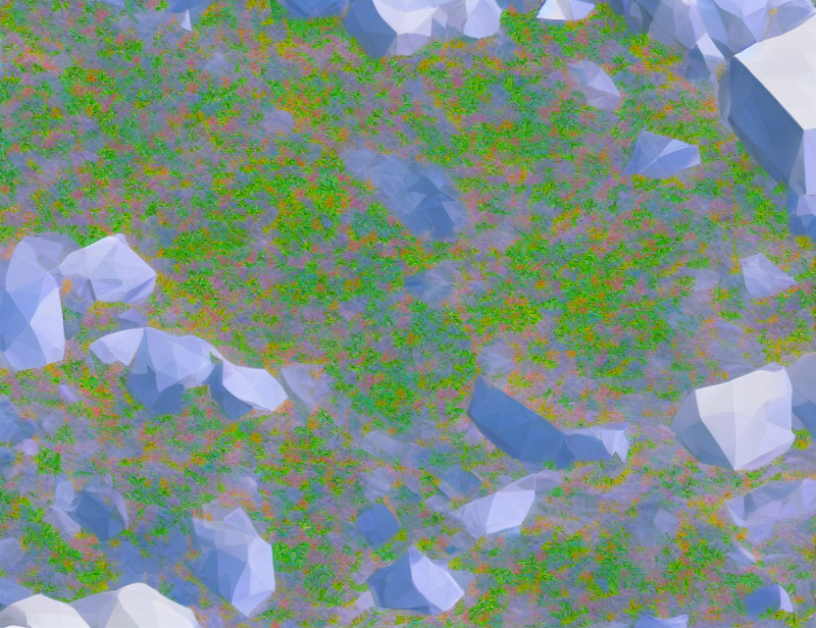Deep neural networks are powerful tools for machine learning, but they can also be unwieldy and difficult to train. One approach to simplifying these networks is through the "lottery ticket hypothesis," which suggests that certain neural networks can be trained without the need for a large number of parameters. In this article, we explore the lottery ticket hypothesis and how it can be used to find sparse, trainable neural networks.
The Lottery Ticket Hypothesis
The lottery ticket hypothesis is based on the idea that certain neural networks are like tickets in a lottery. Just as a lottery ticket has a chance of winning without requiring a large number of tickets, a neural network can be trained to perform well on a given task without requiring a large number of parameters. These sparse neural networks, or "lottery tickets," can be found using a technique called gradient descent with momentum, which helps the optimization process by adding a "momentum term" that helps the optimizer move more quickly through the space of possible solutions.
Finding Lottery Tickets
To find lottery tickets, we need to carefully select the architecture of the neural network and the hyperparameters used during training. The authors propose using a technique called "network slimming," which involves pruning away unimportant weights in the network. This can help simplify the network while still maintaining its ability to perform well on the given task.
Another important factor in finding lottery tickets is the initialization of the weights and biases. The authors propose using a technique called "instant gradient descent," which helps the optimizer get started more quickly by providing an initial estimate of the gradients.
Training Lottery Tickets
Once we have found a sparse neural network that has a chance of winning, we need to train it using gradient descent with momentum. The authors propose using a variant of this algorithm called "momentum-based gradient descent," which helps the optimizer move more quickly through the space of possible solutions. They also suggest using a learning rate schedule that gradually decreases over time, which can help prevent overshooting and improve training stability.
Results
The authors demonstrate the effectiveness of their approach on several benchmark datasets, including MNIST and CIFAR-10. In each case, they find that lottery tickets outperform full neural networks in terms of both accuracy and computational efficiency. They also show that lottery tickets can be used to find sparse neural networks that are more interpretable and easier to understand than their full counterparts.
Conclusion
The lottery ticket hypothesis provides a powerful tool for simplifying deep neural networks without sacrificing performance. By carefully selecting the architecture of the network and the hyperparameters used during training, we can find sparse, trainable neural networks that are both more efficient and more interpretable than their full counterparts. In this article, we have explored the lottery ticket hypothesis and how it can be used to simplify deep learning models. We hope this work will inspire further research into the use of sparse neural networks in machine learning.



